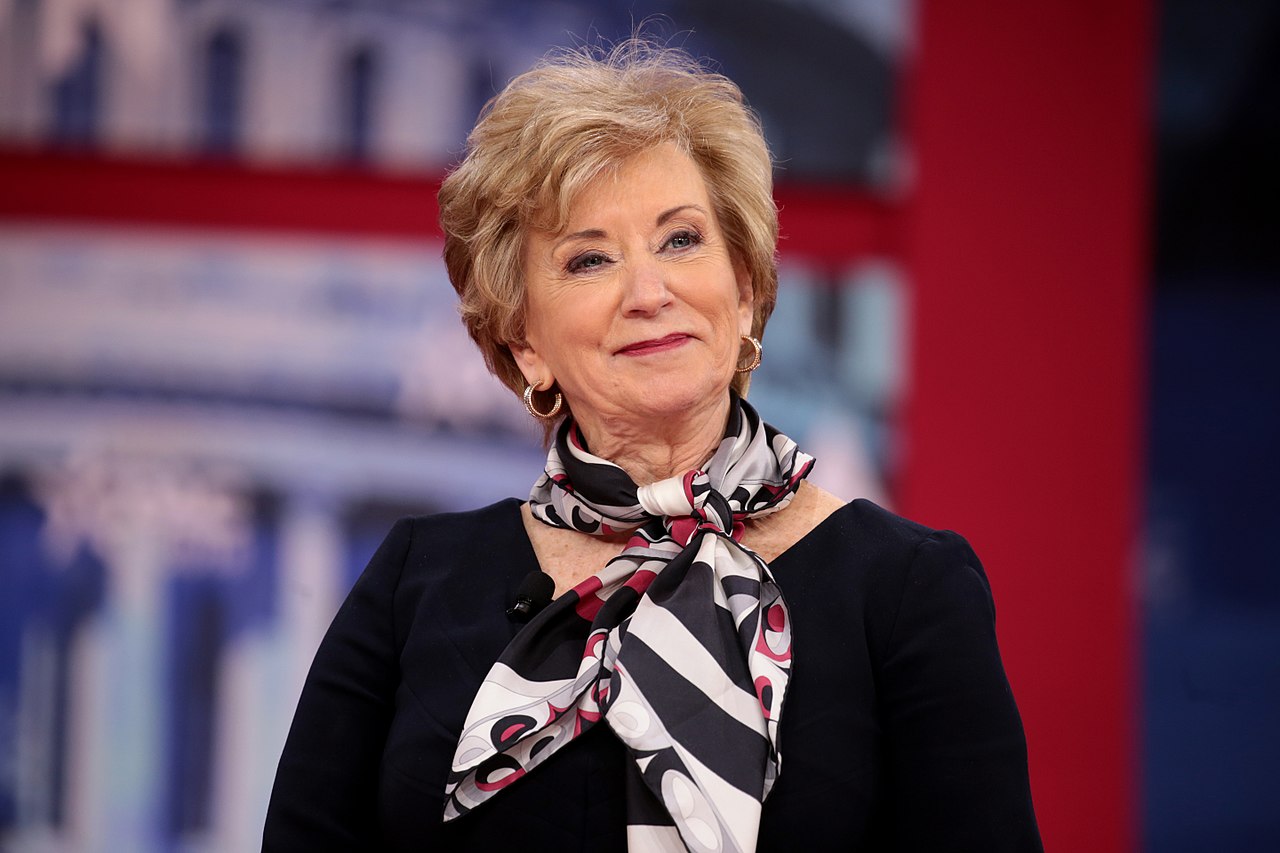The Significance of Freedom Conservatism
Freedom Conservatism: A New Front in the War for American Conservatism
On July 13, a group of journalists, policy wonks, and political activists opened a new front in the war for American conservatism. One-hundred-and-twenty-two signatories, led by Avik Roy of the Foundation for Research on Equal Opportunity and John Hood of the John William Pope Foundation, affirmed 10 principles that define “Freedom Conservatism.” It’s a meaningful and necessary intervention in the ongoing debate on the Right over political economy that deserves to be read and shared.
Emphasizing Key Issues
Most of Freedom Conservatism will be familiar to anyone with knowledge or experience of the conservative movement before June 2015. Still, the statement of principles emphasizes several issues that have emerged recently:
- Reducing the cost of living
- Restoring fiscal sobriety
- Addressing the legacy of slavery and Jim Crow while adhering to the Colorblind Constitution
The major theme is that individual liberty is necessary for human flourishing. “We call ourselves Freedom Conservatives,” the organizers write, “not because freedom is our sole interest but because without individual and economic liberty, our other fundamental values and aspirations will prove impossible to sustain.”
The Unraveling of the Conservative Consensus
What’s remarkable about the document is that it had to be written at all. Conservatives have placed freedom at the heart of their political program since the 1930s. They have resisted the encroaching control of centralized bureaucracies by appealing to the dignity of human life, the limited government of the Constitution, and the space that market economics provides for individual choice and competition.
This consensus held despite criticism from Libertarians and Traditionalists. It held because the principles and institutions of the American Founding anchored conservatives in a national history and culture that, among other things, have long been individualistic and suspicious of authority. It held because conservatives of all stripes perceived a common danger in unconstrained government and, perhaps most important, in the Soviet Union and global communism.
The consensus unraveled in the 1990s. Victory defeated American conservatism. The collapse of the Soviet Empire, disintegration of the Soviet Union, and China’s turn toward state capitalism removed, or obscured, the Communist threat. Congress lowered marginal tax rates and exempted more Americans from income taxes. Lawmakers imposed time limits and work requirements on welfare, and caseloads fell. Cities adopted broken-windows policing and removed violent criminals from the streets, and crime declined. For a moment in 2001, and again from 2003 to 2007, Republicans enjoyed full control of the federal government for the first time in 50 years.
Success breeds confidence. It also leads to hubris and complacency. As President George W. Bush prosecuted the global war on terror in Iraq and Afghanistan, some younger conservatives warned that the Republican Party was neglecting the domestic concerns of its increasingly non-college voter base. The “Reform Conservative” group, writing in the pages of the Weekly Standard, National Review, and National Affairs, tried to modify conservative political economy to address the challenges of the early 21st century.
The Rise of National Conservatism
In 2016, a plurality of the GOP primary electorate voted for a candidate who rejected large parts of the conservative consensus. Donald Trump opposed changes to Social Security and Medicare, by far the largest drivers of America’s national debt. He demanded that the United States leave the North American Free Trade Agreement and rejected the Trans-Pacific Partnership. He called for a southern border wall, a ban on Muslim immigration, and mass deportation of illegal immigrants. He rebuked the foreign policy of George W. Bush and adopted a unilateral-nationalist approach to international affairs. He drew equivalences between the United States and despotic regimes. He spoke more about sovereignty and strength than about freedom.
Trump won the general election thanks to narrow margins in Michigan, Pennsylvania, and Wisconsin. Republicans held unified control of government for the first time in a decade. And Trump’s presidency altered the trajectory of the conservative movement, both political parties, the country, and the world. One irony of the Trump Era, however, is that his most effective policy achievements came from the conservative consensus he destroyed.
The Significance of Freedom Conservatism
That is why Freedom Conservatism matters. The statement isn’t perfect. Hugh Hewitt observes that it ought to mention property rights. Andrew T. Walker notes that it departs from the 1960 Sharon Statement by neglecting transcendent values and the existence of God. My own manifesto—yet to be written—would include additional language on human rights and democracy and the mediating institutions of family, community, vocation, and faith.
The point is that, after spending years on defense, conservatives who believe in political and economic freedom have drawn a line. They have taken a stand. They have offered the Right a choice, not an echo of Trump. One path leads away from the Founding and toward marginalization and contempt. The other builds on the American political tradition and resonates with public aspirations for advancement and growth. Choose wisely.
Matthew Continetti’s The Right: The Hundred-Year War for American Conservatism is now out in paperback with a new afterword by the author.
" Conservative News Daily does not always share or support the views and opinions expressed here; they are just those of the writer."





Now loading...